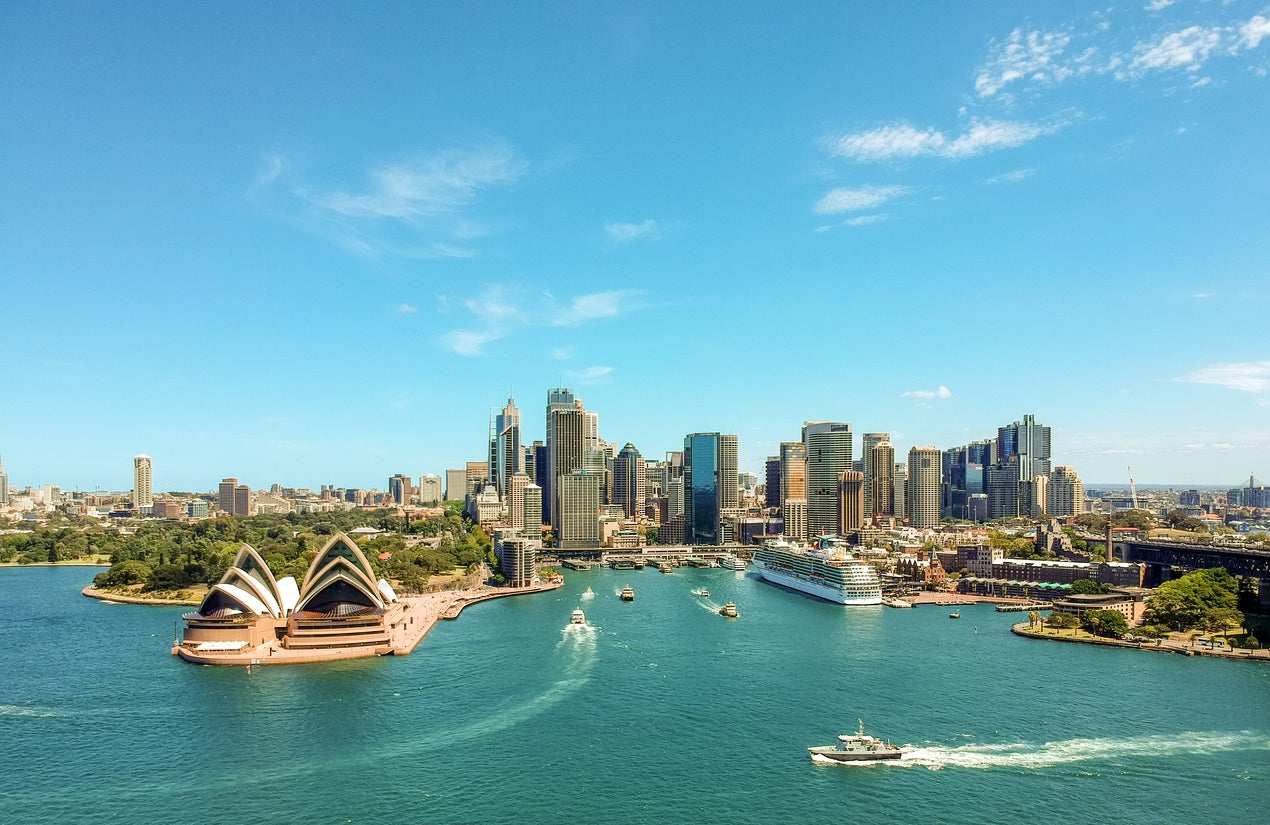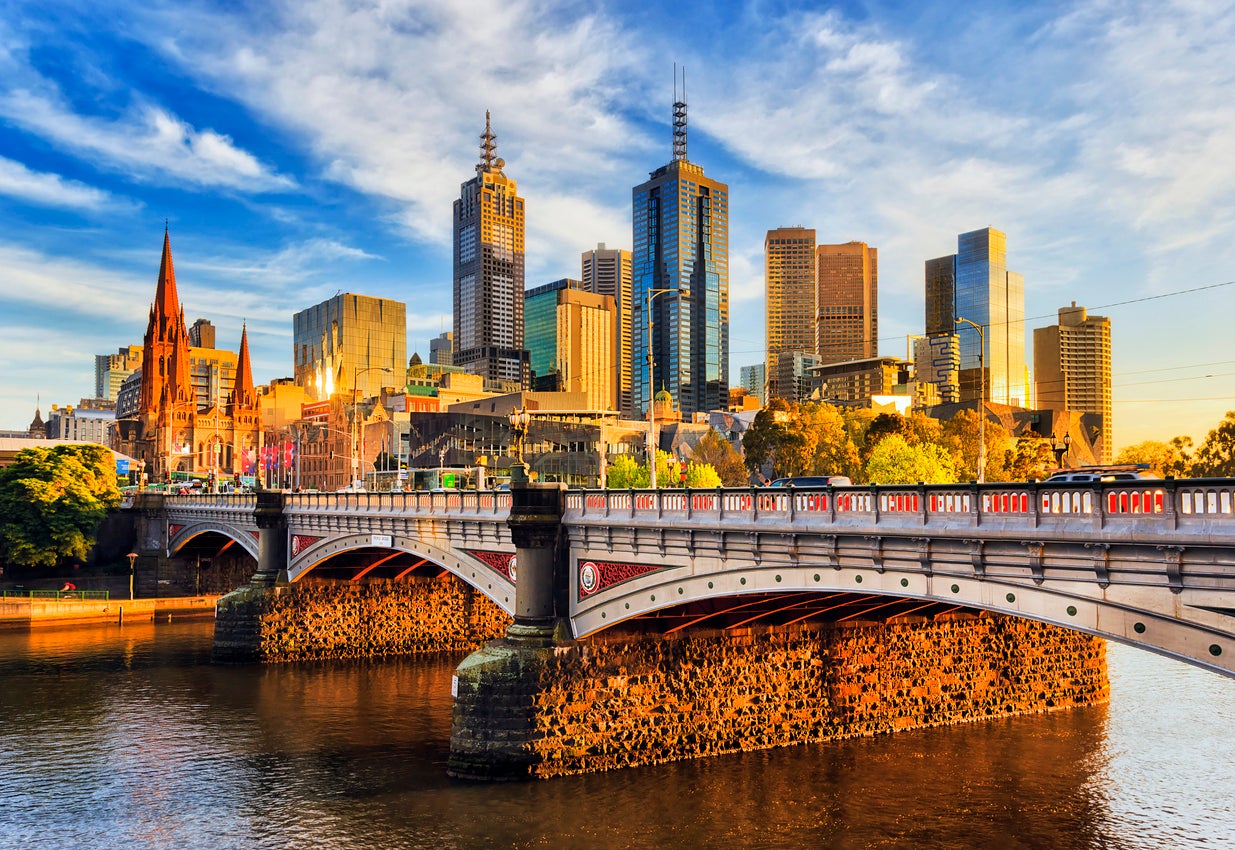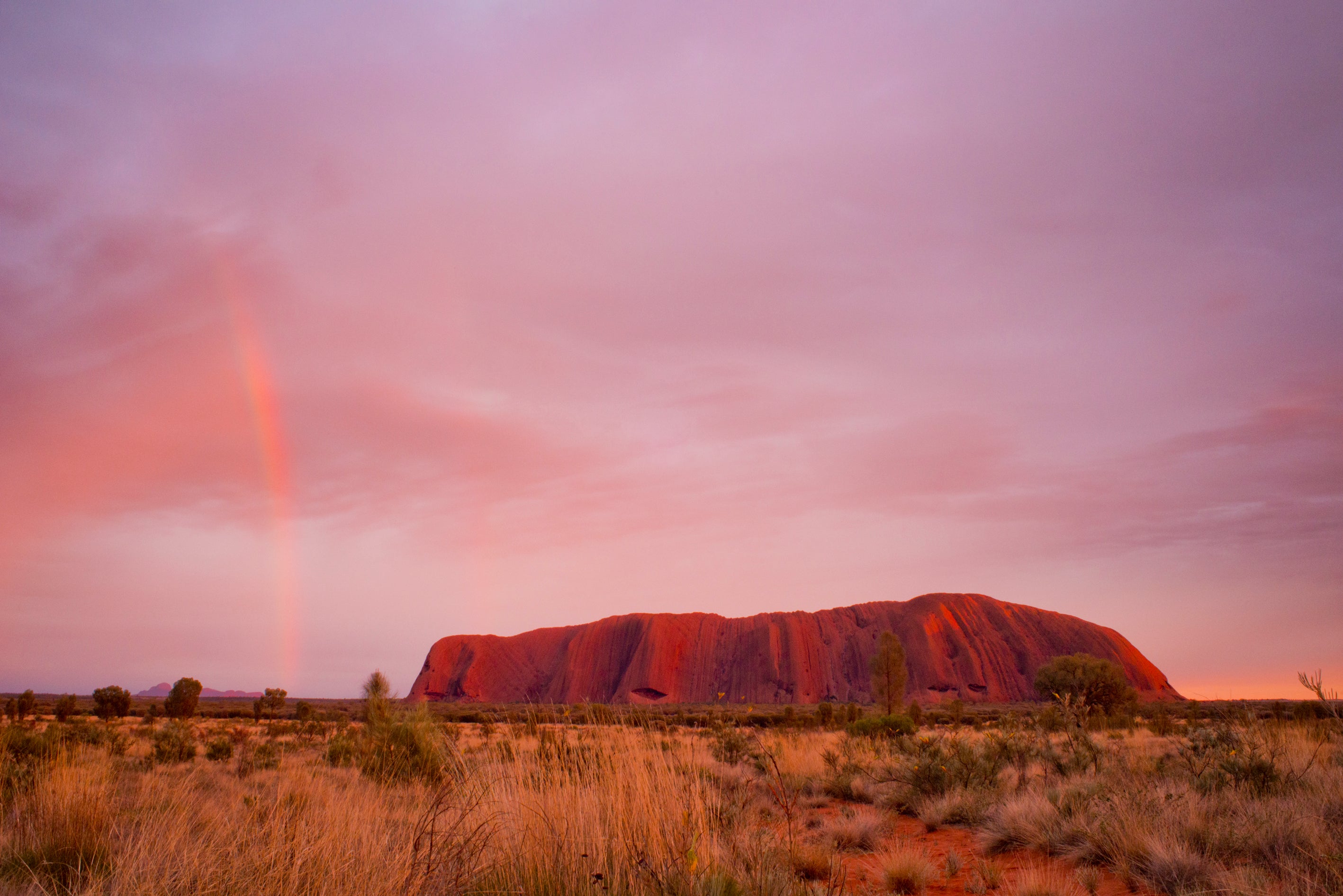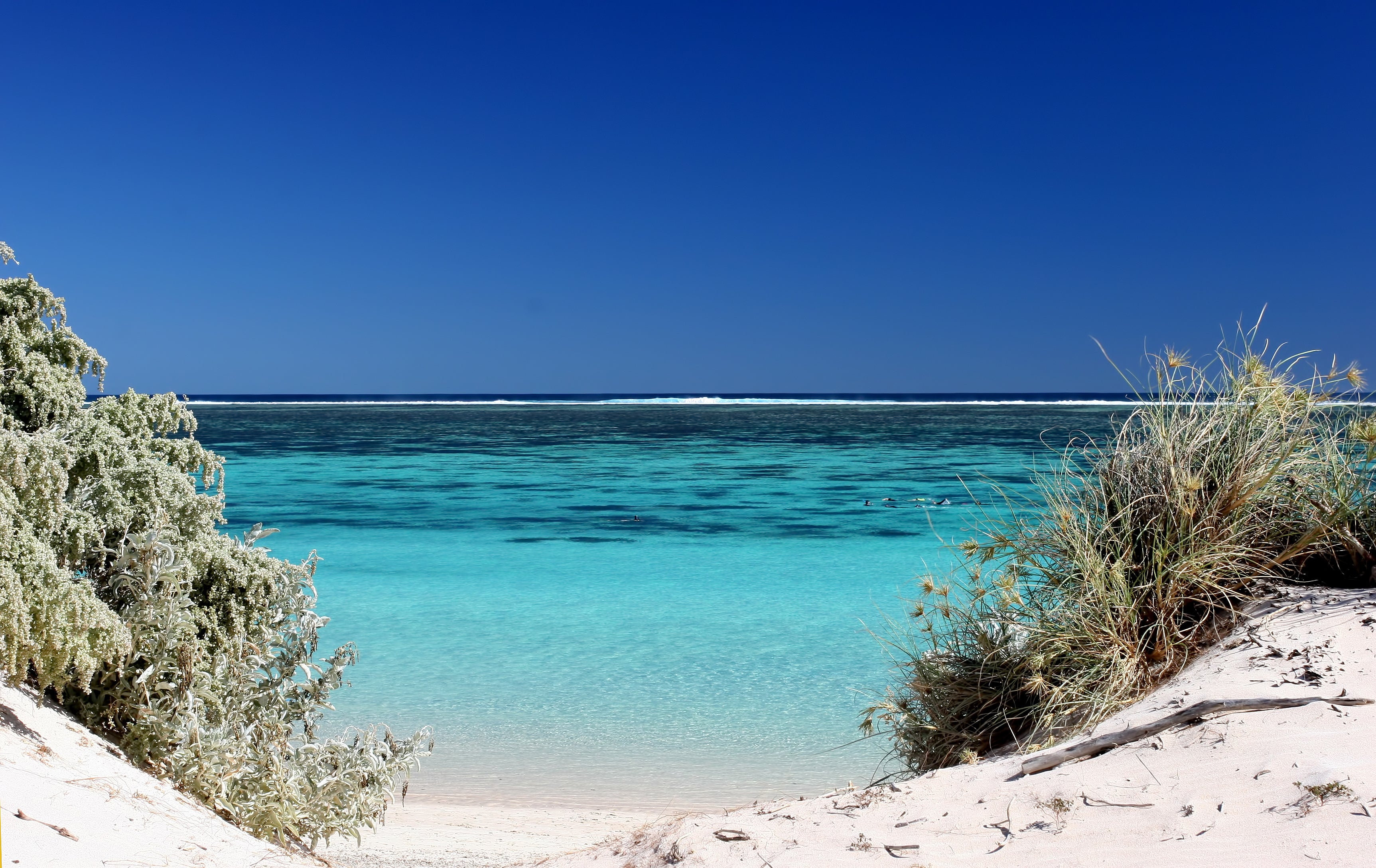Australia travel guide: Everything you need to know before you go
Cooler than cool cities like Sydney and Melbourne, sublime surfing beaches, the Great Barrier Reef, the Red Centre and the Outback – Australia’s diverse charms make for a trip like no other

Your support helps us to tell the story
From reproductive rights to climate change to Big Tech, The Independent is on the ground when the story is developing. Whether it's investigating the financials of Elon Musk's pro-Trump PAC or producing our latest documentary, 'The A Word', which shines a light on the American women fighting for reproductive rights, we know how important it is to parse out the facts from the messaging.
At such a critical moment in US history, we need reporters on the ground. Your donation allows us to keep sending journalists to speak to both sides of the story.
The Independent is trusted by Americans across the entire political spectrum. And unlike many other quality news outlets, we choose not to lock Americans out of our reporting and analysis with paywalls. We believe quality journalism should be available to everyone, paid for by those who can afford it.
Your support makes all the difference.Australia has considerable urban energy and an increasingly great food and drink scene, but where it excels is the happy go lucky outdoor lifestyle. It’s a place for public barbecues by the beach and watching surfers ride the waves.
It’s also a country that embraces nature, with extensive reef systems, coastal reserves and a vast network of forested national parks. Kangaroos hang out in campgrounds, koalas sleep in trees along walking trails and dolphins frolic in the bays.
Australia also excels in epic. Endless blue skies stretch over rumpled outback scenes – and hugely rewarding road trips lace through seemingly untouched landscapes.
Current travel restrictions and entry requirements
Visitors to Australia need a visa. For the vast majority of people coming from the UK, this will be the sub-class 651 eVisitor, which is free and can be completed online.
Best time to go
Weather-wise, the best time to visit varies massively by geography. Aim for May to October in the tropical north, and the opposite in the south. Spring (September to November) is a sweet spot with less rain than autumn. Prices and crowds ramp up in January, the main school holiday period. It can also be excruciatingly hot at this time.
New Year’s Eve in Sydney is popular and truly memorable but violently expensive for accommodation. Other events to throw yourself into include the Melbourne Cup horse race (in early November), Adelaide Festival (March) and Anzac Day (25 April).
Top cities and regions
Sydney
Indisputably one of the greatest cities on earth, Sydney offers natural beauty around the harbour, a legion of envy-inducing beaches along the coast, plus hip urban energy in inner suburbs such as Surry Hills and Chippendale. It genuinely works as a beach holiday destination and a city break, with big ticket activities such as climbing the Sydney Harbour Bridge offset by cost-free days in oceanside rock pools. The Blue Mountains and Hunter Valley wine region are within day-trip distance.
Melbourne

With an emphasis on culture rather than looks, Melbourne crams in the galleries, museums and arts venues. But the real joy comes from the laneway culture, where specialist bars and globe-spanning restaurants cram together in small alleys, surrounded by world class street art. The Victorian capital is also the launchpad for the coastal scenery-packed Great Ocean Road and penguin-watching on Phillip Island.
Cairns
One of several gateways for snorkelling and diving cruises to the Great Barrier Reef’s aquatic wonderland, Cairns has the bonus of being surrounded by World Heritage-listed rainforest. Reef trips can be mixed in with tasting tropical produce in the Atherton Tableland, Aboriginal-guided tours in the Daintree Rainforest and a panoply of adrenalin activities.
The Red Centre

The 6.2 mile walk around Uluru, with its strange bulges, caves and Indigenous cultural sites, is the quintessential outback experience. What most visitors don’t realise, however, is that there’s a wealth of other experiences on the Red Centre menu. Dot painting workshops, dune-top dinners, helicopter flights and camel rides are among the options at Uluru – and that’s before you factor in side trips to the smoothed rock domes of Kata Tjuta and the craggy gorge-side hikes at Kings Canyon.
Perth and the South West
The South West is a perfect Australia for beginners. Perth offers Indian Ocean beaches, a buzzy bar and restaurant scene, plus cutesy encounters with inquisitive quokkas on Rottnest Island.
A short road trip around the southwestern corner from the western Australian capital, meanwhile, brings premium quality wine-tasting in Margaret River, glorious surf beaches, whale-watching cruises from Dunsborough, tall forests and easily explorable caves.
Best under the radar destinations
The Ningaloo Reef
On the remote, outback-flanked west coast, the Ningaloo is best known for its whale shark swims. Watching the biggest fish on earth swim past is genuinely exhilarating. At different times of the year, there’s also the chance to swim with humpback whales and manta rays.

But the Ningaloo’s understated glory is in how close it runs to the shore. A short swim from white sand beaches such as Osprey Bay brings you among the waving coral and colourful fish shoals. At Turquoise Bay, you can drift snorkel, letting the current take you across the reef from one end of the beach to the other.
The Top End
The severely underrated Northern Territory capital, Darwin, offers a curious mix of outback outpost attitude, Asian culture and bohemian quirk. It’s the hub for exploring the Top End’s majestic national parks. Litchfield National Park brings giant termite mounds, picture-perfect waterfalls and natural swimming holes. Nitmiluk hosts cruises and kayak trips through the soaring sandstone walls of Katherine Gorge. Meanwhile, the biggest of them all, Kakadu National Park, brings crocodile-watching cruises, ancient Aboriginal rock art and epic views over sweeping green floodplains.
McLaren Vale
In truth, there’s a fabulously indulgent time to be had in any of the wine regions near Adelaide. The Barossa Valley, Clare Valley and Adelaide Hills are world class wine-tasting and dining destinations.
But the McLaren Vale, aside from being arguably the best place in Australia for those big, beefy Australian Shirazes, has the advantage of being next to the hugely undersold, dune-backed beaches of the Fleurieu Peninsula. Some of these, such as the highly photogenic Sellicks Beach, are so big you can drive a 4WD vehicle along them.
Then, a short ferry hop from Cape Jervis at the end of the peninsula, there’s koala, echidna and sea lion-dotted Kangaroo Island, one of Australia’s great wildlife havens.
Best things to do
Wine tasting
It’s a bold claim, but Australia does wine-tasting better than anywhere else in the world. Many winery cellar doors offer free tastings, several have excellent restaurants, and staff are usually happy to switch between easy-going sipping sessions and nerdy note-taking, depending on guests’ preferences.
Most regions have operators offering full or half-day wine tours, often with visits to cheese and chocolate factories thrown in. Convenient regions include the Hunter Valley near Sydney, Barossa Valley near Adelaide, Mornington Peninsula near Melbourne and Swan Valley near Perth.
Marine encounters
Australia’s massive array of aquatic experiences goes well beyond the Great Barrier Reef. Dozens of places offer dolphin-watching cruises with some, such as those in Port Phillip Bay in Melbourne or Bunbury near Perth, allowing guests to swim with the wild dolphins.
Whale-watching is big around the country, too, with Hervey Bay in Queensland and Eden in New South Wales notable hotspots.
You can also snorkel with weedy sea dragons in Port Phillip Bay, kayak with dolphins in Byron Bay, NSW, and swim with sea lions in Baird Bay, South Australia.
Aboriginal cultural experiences
Indigenous cultural tours explaining the local Aboriginal perspective on the local landscape, history and wildlife are growing in both number and quality. Tourism Australia has collated 185 top Aboriginal experiences around the country, including guided walks, art workshops and bush food tastings.
Getting around
Distances between the big cities are huge, and most travel between them on (relatively cheap) domestic flights.
Self-driving is an attractive, freedom-boosting way to see the country. Distances are longer, but fuel is cheaper than in the UK. Highways are well-maintained and traffic stress-reducing low outside of the big cities.
Long distance train services run by NSW Trainlink and Queensland Rail Travel are perfunctory, fairly slow and miss out the most appealing coastal towns. Coach services such as Greyhound tend to have better stops and handy multi-destination passes, but you need to plan around the timetables.
How to get there
Quickest: The only direct flight to Australia is Qantas’ service from Heathrow to Perth. This takes 16 hours and 45 minutes.
Cheapest: Otherwise, expect to change planes somewhere. The likes of Singapore Airlines, Emirates, Etihad and Qatar Airways offer regional departures from outside London, and no single airline is reliably cheapest. Much depends on which airline has a promotional offer at the time. Minimum one-stop flight times are 19 hours and 20 minutes with Qatar Airways to Perth, and 22 hours and 30 minutes with Singapore Airlines to Sydney.
Money saving tip
Australia’s best things – wildlife encounters and beaches – are usually free. Budget-friendly cabin accommodation in coastal holiday parks often combines both. Generally aimed at Aussie families travelling by caravan, these parks usually provide a few relatively spacious, kitchen-equipped, multi-bedroom units, occasionally with kangaroos hopping outside.
FAQs
What’s the weather like?
Hot summers and mostly mild winters in the south, wet season and dry season in the north.
What time zone is it in?
Time zones vary by state, but go from GMT+8 in Perth to GMT+11 during summer in Sydney.
What currency do I need?
Australian dollars.
What language is spoken?
English.
How much do I tip?
Tipping is not expected in Australia, but some choose to round up the bill or leave 10 per cent.
Which side of the road do I drive on?
Australia drives on the left.
David Whitley runs Australia travel advice site Australia Travel Questions
Join our commenting forum
Join thought-provoking conversations, follow other Independent readers and see their replies
Comments